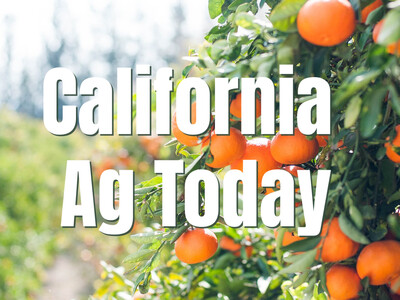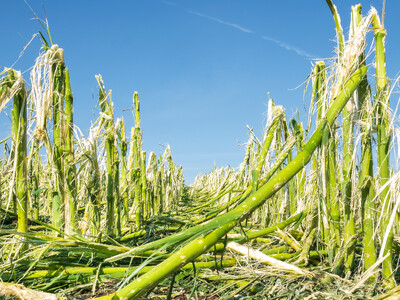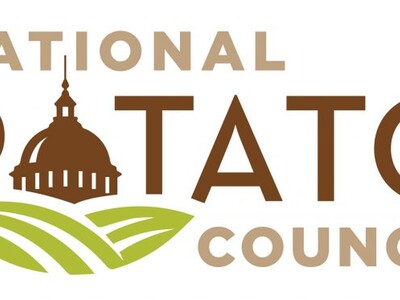Phosphorus and Soil Fertility Management

Tim Hammerich
News Reporter
Fall is the perfect time for growers to start putting together a soil fertility plan. Mark Herz, technical specialist for CHS Agronomy, says phosphorous is a vital nutrient for plant health, but growers have to be aware of how easily it can get tied up and become unavailable to the crop.
Herz… “You have positively-charged ions and negatively-charged ions. Opposites want to attract, and that's how we get tie ups in our soil. So, phosphorous is a negative, and lot of our other nutrients and things in the soil are positively-charged, so phosphorus can get tied up and become unavailable. The phosphorus is there, but since it's tied up, it's locked up, and it's unable to be taken up by the plant, so that's where the chelation comes into play. There's different levels of chelation, so, depending on the situation, you got to be matched up with the correct chelating agent. In the case of phosphorus, it takes a pretty good quality chelator to keep it from getting tied up. Trivar is a product I’ll mention. It has one of the strongest chelating agents that you'll be able to find. It also has an enzyme in there for easier uptake of phosphorus by the plant roots.”
Herz said to start with a soil test and establish a phosphorus range that you want your soils to be in on a part-per-million basis. He added that it takes about 10 pounds of phosphorus to increase the soil test by one part-per-million.












